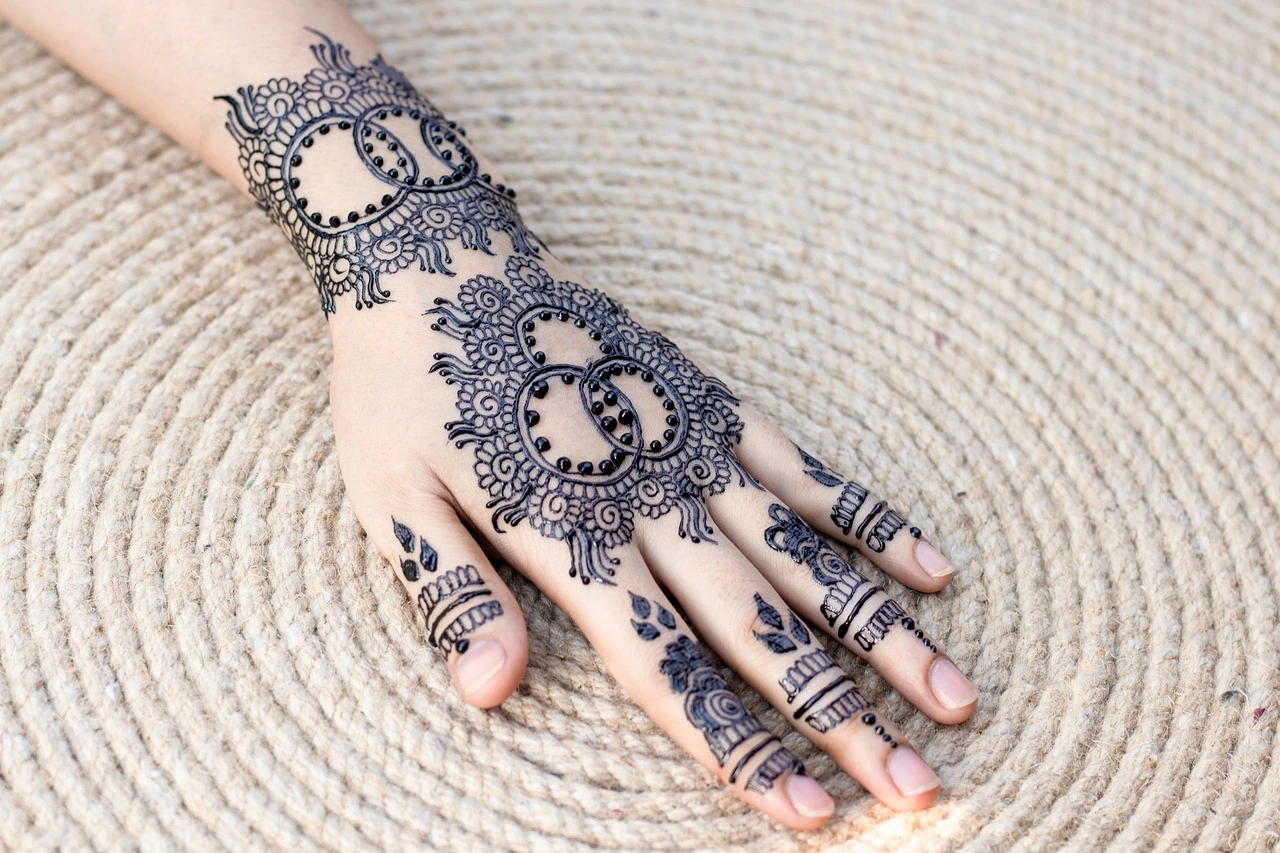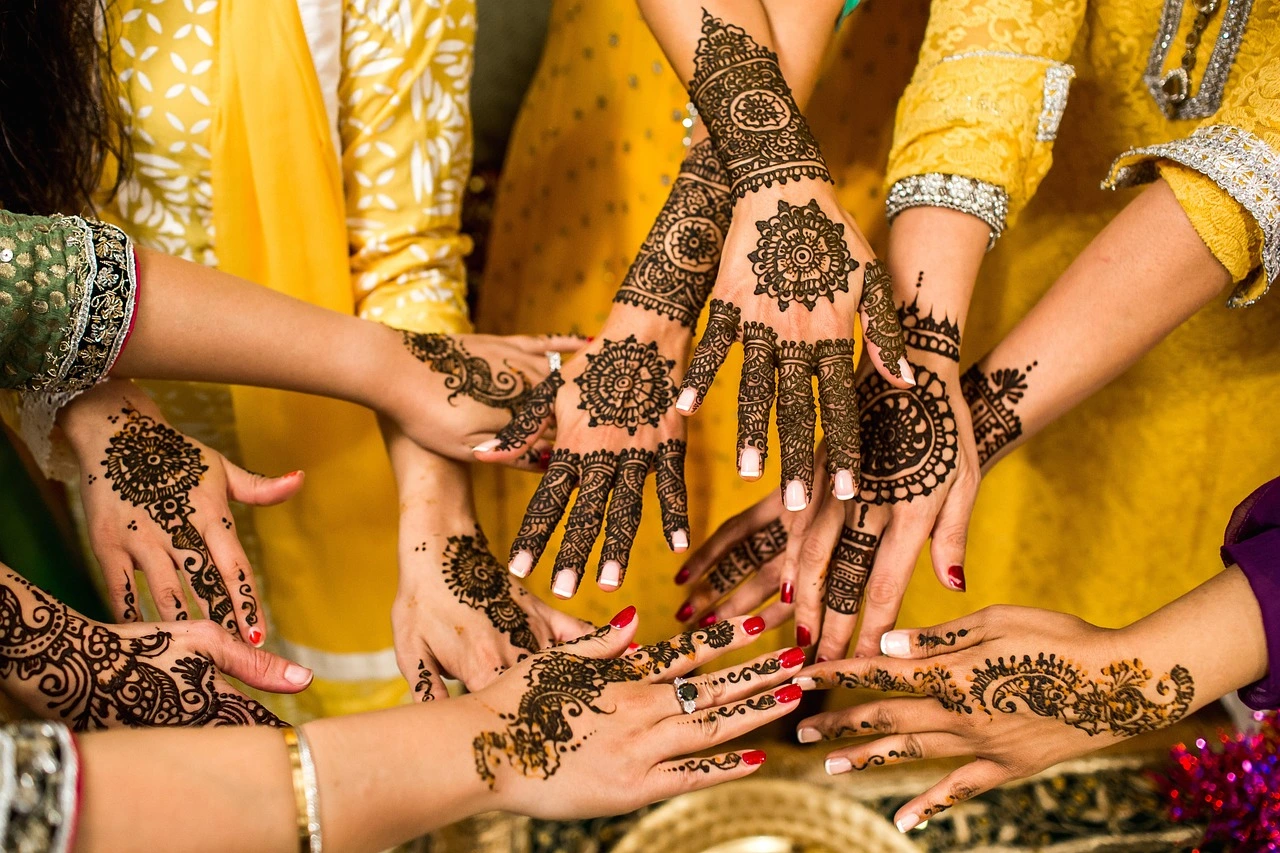Explore the beauty and cultural significance of simple henna designs in our comprehensive guide. Discover minimalist patterns, application techniques, and the rich history behind this ancient art form. Embrace self-expression with grace and style through the elegance of henna. Read more now!.
Discovering the Charm of Simple Henna Designs
In the vibrant world of body art, henna holds a unique allure with its rich cultural history and stunning artistic expressions. From intricate bridal patterns to minimalist everyday designs, henna has transcended borders and time, captivating hearts worldwide. In this comprehensive guide, we delve into the realm of simple henna designs, exploring their beauty, significance, and how you can adorn yourself with these timeless creations.
Understanding Henna: A Cultural Gem
Henna, scientifically known as Lawsonia inermis, has been cherished for centuries across various cultures, including Indian, Middle Eastern, and North African traditions. Derived from the leaves of the henna plant, this natural dye is celebrated not only for its stunning aesthetic appeal but also for its auspicious symbolism in rituals and ceremonies.
The Artistry Behind Simple Henna Designs
1. Origins and Evolution: Simple henna designs trace their roots back to ancient practices where they were used to commemorate special occasions like weddings, festivals, and births. Over time, these designs have evolved, blending traditional motifs with contemporary influences.
2. Symbolism and Meaning: Each element of a henna design carries its own significance. From floral patterns symbolizing joy and happiness to geometric shapes representing balance and harmony, understanding these meanings adds depth to the beauty of henna art.
Embracing Simple Henna Designs Today
In today’s fast-paced world, simplicity often speaks volumes. Simple henna designs offer an elegant and accessible way to embrace this timeless art form. Whether you’re a henna enthusiast or a newcomer intrigued by its allure, here’s everything you need to know to adorn yourself with grace and style.

Popular Simple Henna Designs
1. Minimalist Patterns: Delicate lines and small motifs that emphasize simplicity and elegance.
– Lotus Blossoms: Symbolizing purity and enlightenment, lotus designs are popular for their intricate yet minimalist appeal.
– Vine Patterns: Flowing vines represent growth and vitality, perfect for those seeking a natural, organic look.
2. Single Element Designs: Focusing on one central element that stands out amidst negative space.
– Peacock Feathers: Known for their grace and beauty, peacock feather designs are striking yet straightforward.
– Mandala: Circular patterns symbolizing unity and harmony, mandalas are versatile and can range from intricate to minimalist designs.
Application Techniques and Tips
1. Preparation: Before applying henna, ensure your skin is clean and free from oils or lotions that can hinder the dye’s absorption.
2. Application Tools: While traditional henna artists use a fine-tipped cone (mehndi cone), beginners can opt for stencils or pre-made henna paste for easier application.
3. Aftercare: To prolong the vibrancy of your henna design, avoid water for at least 6-12 hours after application. Applying a mixture of lemon juice and sugar can help intensify the color and longevity of your henna tattoo.
Exploring the World of Simple Henna Designs
Beyond its aesthetic appeal, simple henna designs offer a gateway to cultural exploration and self-expression. Whether you’re seeking inspiration for your next design or curious about the meanings behind different motifs, let’s embark on a journey through the diverse world of henna artistry.
Cultural Significance
1. Indian Henna Designs: Intricate paisley and peacock motifs are predominant in Indian henna art, symbolizing joy, luck, and renewal.
2. Middle Eastern Influences: Arabic henna designs often feature bold geometric patterns and floral elements, reflecting a blend of tradition and modernity.
3. North African Traditions: Moroccan henna designs are characterized by their bold, linear patterns and intricate detailing, often used to celebrate weddings and other festive occasions.
Beyond Beauty: Henna’s Healing Properties
While primarily known for its aesthetic appeal, henna offers several therapeutic benefits as well. Traditionally used in Ayurvedic and herbal medicine, henna is believed to possess cooling properties and is used to treat various skin conditions such as rashes and burns.
Safety and Precautions
1. Natural vs. Chemical Henna: Always opt for natural henna derived from the Lawsonia inermis plant to avoid allergic reactions associated with synthetic henna products.
2. Patch Testing: Conduct a patch test on a small area of your skin before applying henna to ensure you don’t have any adverse reactions.
Celebrating Diversity: Henna Around the World
From bridal rituals in India to Eid celebrations in the Middle East and North African henna parties, henna transcends cultural boundaries, uniting people in celebration and tradition. Discover how different cultures incorporate henna into their customs, from intricate bridal patterns to festive designs that mark significant life events.
The Future of Henna: Trends and Innovations
As the popularity of henna continues to grow globally, contemporary artists are pushing the boundaries of tradition, experimenting with new techniques and innovative designs. From metallic henna tattoos to glow-in-the-dark henna art, explore the exciting trends shaping the future of this ancient art form.
Conclusion: Embrace the Artistry of Simple Henna Designs
In conclusion, simple henna designs offer more than just temporary beauty—they tell stories, convey meanings, and celebrate cultural heritage. Whether you’re drawn to its aesthetic appeal, therapeutic benefits, or cultural significance, henna art invites you to explore a world where tradition meets creativity.
So, whether you’re preparing for a special occasion, expressing your creativity, or simply indulging in self-care, let simple henna designs be your canvas for personal expression and cultural appreciation. Discover the charm of henna today and adorn yourself with the timeless allure of this ancient art form.
Also See: Simple henna Designs 2024
FAQs
1. What are simple henna designs?
Simple henna designs are minimalist patterns created using henna paste, typically featuring delicate lines, geometric shapes, and small motifs. They are less intricate compared to traditional bridal henna designs but still offer elegance and beauty.
2. How long do simple henna designs last?
Simple henna designs typically last between 1 to 2 weeks, depending on factors such as skin type, location of application, and aftercare practices. Regular moisturizing and avoiding frequent washing can help prolong the longevity of the design.
3. Are simple henna designs safe for everyone?
Natural henna, made from the Lawsonia inermis plant, is generally safe for most people. However, individuals with sensitive skin or allergies should perform a patch test before applying henna. Avoid using “black henna” or henna mixed with chemicals, as they can cause skin reactions.
4. Can I create my own simple henna designs at home?
Yes, creating simple henna designs at home is possible with practice and the right tools. You can purchase ready-made henna cones or make your own henna paste using natural ingredients like henna powder, lemon juice, and essential oils. There are also stencil kits available for beginners.
5. What are some popular motifs used in simple henna designs?
Popular motifs in simple henna designs include flowers such as lotus and roses, geometric shapes like mandalas and dots, as well as vines and leaf patterns. These motifs often carry symbolic meanings related to beauty, nature, and spirituality.
6. How do I care for my skin after applying a simple henna design?
To ensure the longevity of your henna design, avoid water contact for at least 6-12 hours after application. After the paste flakes off naturally, apply a thin layer of olive oil or coconut oil to moisturize the skin and protect the henna stain. Avoid scrubbing the area vigorously.
7. Can simple henna designs be worn for special occasions?
Yes, simple henna designs are perfect for various occasions such as festivals, parties, and cultural celebrations. They provide a temporary yet beautiful adornment that enhances the festive spirit and personal style.
8. How can I remove a simple henna design if I no longer want it?
The natural fading process of henna designs can take 1 to 2 weeks. If you wish to remove it sooner, you can gently exfoliate the area with a scrubbing brush or apply hydrogen peroxide to lighten the stain. Avoid using harsh chemicals or abrasive methods that could damage your skin.
